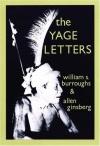
The Yage Letters, first published in 1963, is a collection of correspondence and other writings by Beat Generation authors William S. Burroughs and Allen Ginsberg. It was issued by City Lights Books.
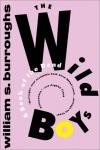
The Wild Boys: A Book of the Dead is a novel by Beat Generation author William S. Burroughs. It was first published in 1971 by Grove Press. It depicts a homosexual youth movement whose objective is the downfall of western civilization, set in an apocalyptic late twentieth century.
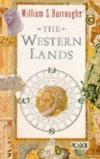
The Western Lands is a 1987 novel by William S. Burroughs, the final book of the trilogy that begins with Cities of the Red Night and continues with The Place of Dead Roads. The title refers to the western bank of the Nile River, which in Egyptian mythology is the Land of the Dead. Inspired by the Egyptian Book of the …
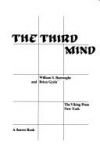
The Third Mind is a book by Beat Generation novelist William S. Burroughs and artist/poet/novelist Brion Gysin. First published in a French-language edition in 1977, it was published in English in 1978. It contains numerous short fiction pieces as well as poetry by Gysin, and an interview with Burroughs. Some chapters …
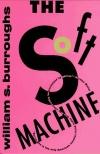
The Soft Machine is a novel by William S. Burroughs, first published in 1961, two years after his groundbreaking Naked Lunch, and heavily revised for editions published in 1966 and 1968. It was originally composed using the cut-up technique partly from manuscripts belonging to The Word Hoard. It is part of The Cut-Up …
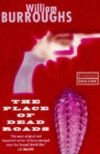
The Place of Dead Roads is a 1983 novel by William S. Burroughs, the second book of the trilogy that begins with Cities of the Red Night and concludes with The Western Lands. It chronicles the story of a gay gunfighter in the American West, beginning with the gunfighter’s death in 1899, incorporates contrasting themes …
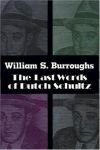
The Last Words of Dutch Schultz is a closet screenplay by Beat Generation author William S. Burroughs, first published in 1970. Based upon the life of 1930s German-Jewish-American gangster Dutch Schultz, the novel uses as its springboard Schultz's surreal last words, which were delivered in the midst of high-fever …

 English
English Español
Español Deutsch
Deutsch
